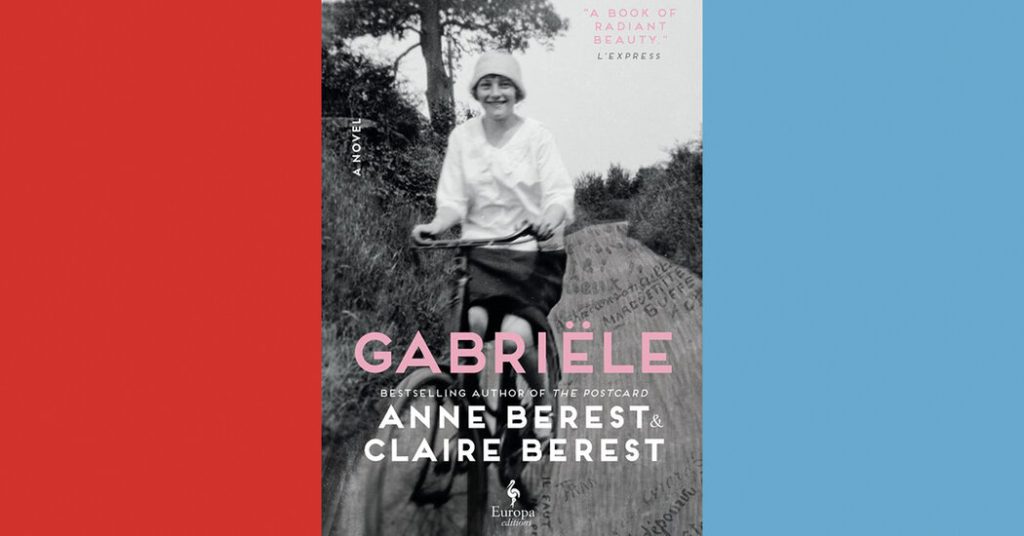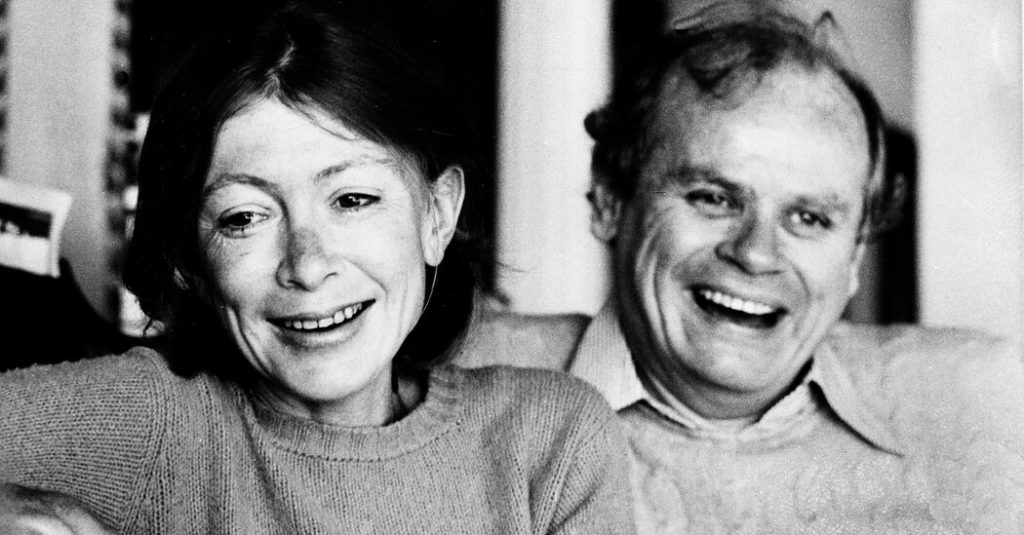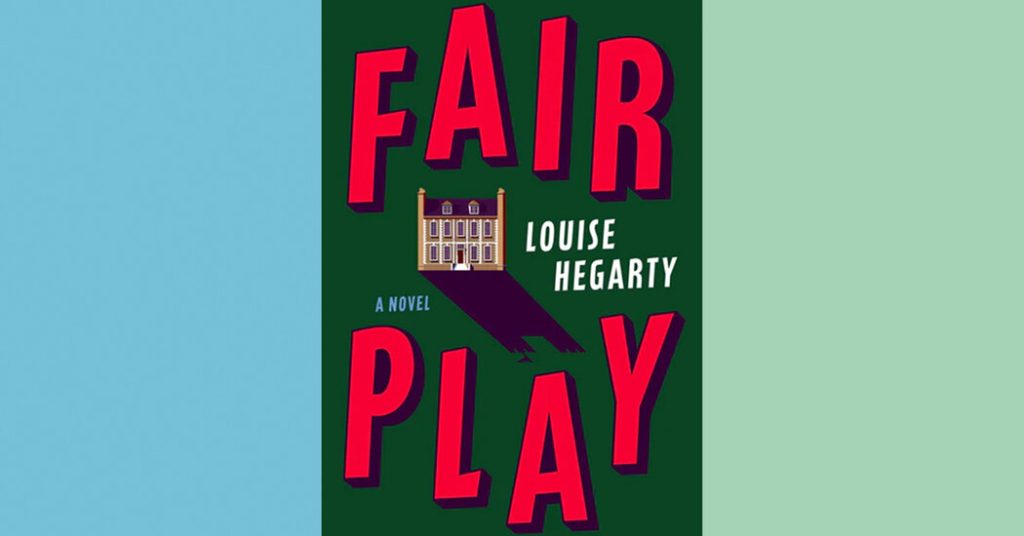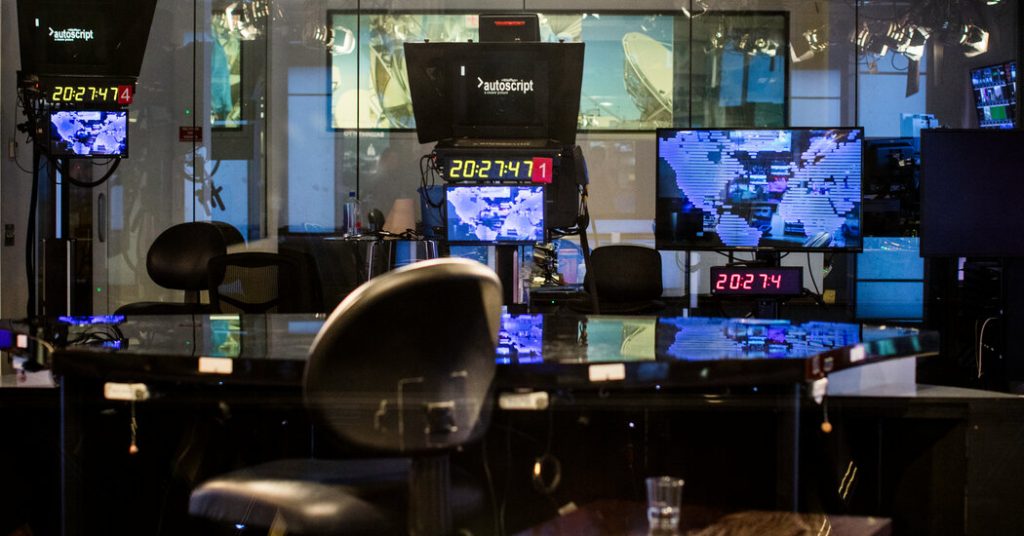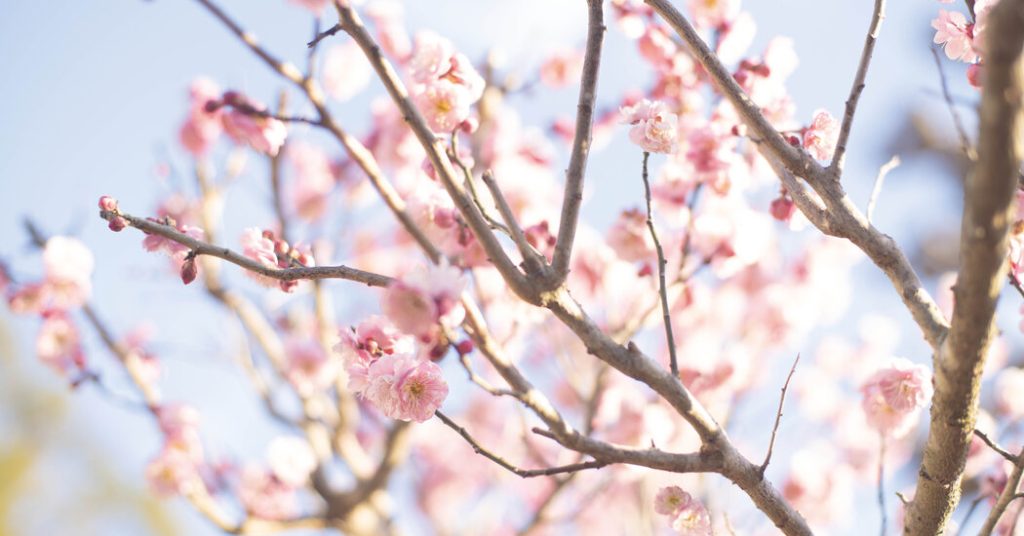GABRIËLE, by Anne Berest and Claire Berest; translated by Tina Kover
When Gabriële Buffet-Picabia died in 1985 at the age of 104, her great-granddaughters, Anne and Claire Berest, neither knew her nor knew of her. It wasn’t until they were adults that they learned who she was — that as a confidante, writer, theorist and interpreter of the avant-garde, Gabriële was a pivotal figure in the international art scene of the early 20th century.
In the novel “Gabriële,” the Berest sisters assemble the story of her remarkable life from historical documents, family records and interviews. First published in French in 2017, it now appears in English on the heels of Anne Berest’s acclaimed autobiographical novel “The Postcard,” also translated by Tina Kover.
In 1908, 27-year-old Gabriële Buffet is in Versailles, home from her music studies in Berlin, when her artist brother and his dashing new friend Francis show up in that ultramodern monstrosity, a motorcar. Francis is a hotshot Impressionist painter, until Gabriële bends his mind into knots with talk of severing art from representation. They run away to the south of France, and over the roar of the engine, he yells his life story at her.
The descendant of Spanish-Cuban sugar-cane wealth, Francis was 7 when he lost his mother and was promptly presented with an ostentatious pony carriage. The authors plausibly locate the origin of the artist’s automotive mania — he’ll own almost 150 cars in his life — and insatiable need for women: “According to adult logic,”he thinks as he studies the carriage, “this machine can replace a mother.”
Advertisement
SKIP ADVERTISEMENT
In the south, Gabriële has her first sexual experience with a lover who, in the morning, confesses that he lives with his longtime mistress, and asks her to wait while he drives to Paris to end things. Gabriële, so modern and independent, finds herself “turned into a disheveled, two-bit Ariadne deserted on the beach by her Theseus.” But within a few months, the couple are married, and Gabriële never composes music again. Instead, she devotes her life to midwifing the talent of others. Her husband’s name, Francis Picabia, will soon become known around the world.
In Paris, Picabia takes drugs and paints while Gabriële watches, gestating a baby and a new vision of painting. In 1909 he produces “Rubber,”one of the first truly “abstract” paintings in art history. Then it’s a sprint: Cubism (and its internal fights), fame in America at the Armory Show, the outbreak of war, the stirrings of Dada. Friends become household names, like the handsome young man with the “spare, crescent-moon profile,” who will join the Picabias in an intense, unconsummated threesome — Marcel Duchamp. The list goes on: Igor Stravinsky, Guillaume Apollinaire, Isadora Duncan, Elsa Schiaparelli and the other Spanish Pica — Francis’ nemesis, Picasso.
Subscribe to The Times to read as many articles as you like.

